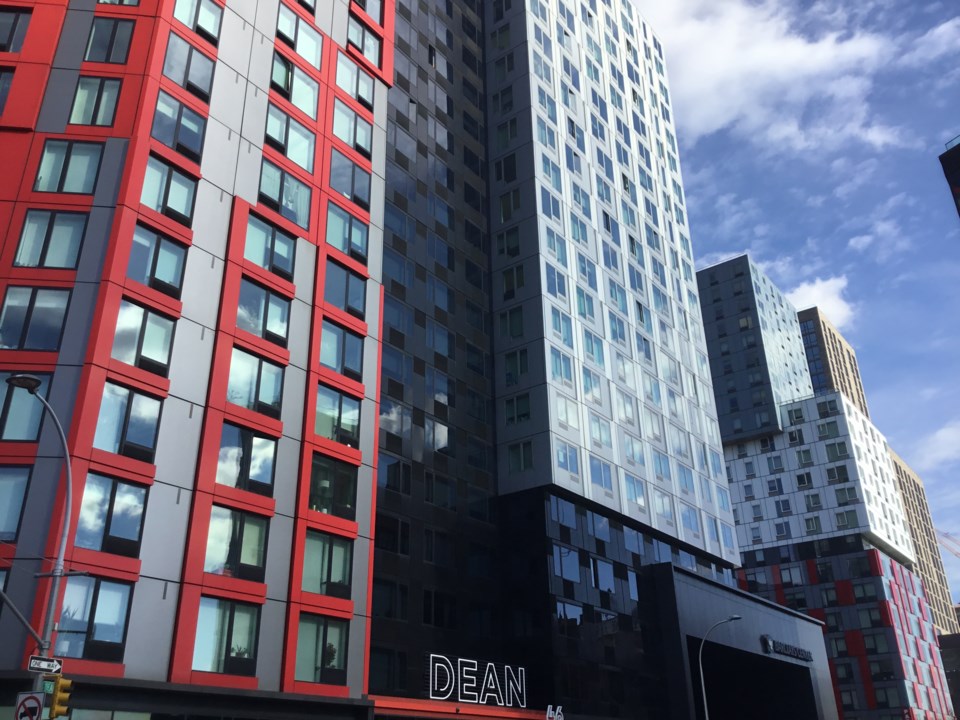New York City needs affordable housing more than ever.
Vacancy rates in low-rent units have dropped to a severe 0.39%. Only about 2,060 new rental units affordable to extremely low-income households were completed in 2024, far short of what is needed for the more than 820,000 households at that level, according to a report from the Coalition For The Homeless.
Long-term homelessness is rising. Between December 2023 and December 2024, the number of New Yorkers in shelters increased from about 65,640 to roughly 73,219, an 11.5% jump. That growth happened even as new arrivals slowed. Most people leaving shelters did so without meaningful support, and only a small share received help relocating.
The crisis stems from a shortage of housing and services for extremely low-income households and people with mental illness or disabilities. Supportive housing production is lagging. Only 786 units were completed in 2024, the fewest since 2020. For every five people eligible, there is just one supportive housing unit.
Voucher programs are also struggling. While CityFHEPS reforms have been approved, implementation has stalled. Delays are piling up, and bottlenecks are growing, according to the report. More than 11,000 households held shopping letters in January 2025 but had not yet leased an apartment.
Too few deeply affordable units are being built, the report said. Supportive housing for people with mental illness or disabilities remains insufficient; rental subsidy systems are difficult to access and slow to deliver help; and housing turnover is slow, leaving vacant units empty while people sleep in shelters.
The city should create at least 12,000 deeply subsidized units per year for five years, with designs that meet accessibility needs, the authors of the report wrote. Supportive housing production should scale up to meet a goal of 15,000 units by 2030, with projects completed faster and unused units renovated so they can open immediately.
Voucher systems need fixing through immediate rollout of CityFHEPS changes, adequate funding for staff, faster approvals and expanded access that includes undocumented households. NYCHA apartments should be used strategically, with 3,000 units set aside each year for people in shelters and faster preparation of vacant units.
The city must also expand mental health support by creating more low-barrier shelters for people with serious mental illness and shifting outreach from policing to health care and case management teams, the report suggested.




